Nu de kosten voor gezondheidszorg en andere kosten in de VS omhoogschieten, overwegen veel gepensioneerden die binnenkort met pensioen gaan wat ooit ondenkbaar was:hun pensioensparen opnemen en voor hun hogere jaren naar het buitenland verhuizen.
Talloze landen in Midden- en Zuid-Amerika, Europa en Azië bieden niet alleen lagere kosten voor levensonderhoud en een geweldig klimaat, maar ook moderne voorzieningen en geavanceerde medische zorg.
We hebben reisadviezen en de meest recente informatie over de kosten van levensonderhoud, visumvereisten en andere factoren bekeken om de beste plaatsen voor 2019 te vinden voor een betaalbaar, veilig pensioen in het buitenland.
Volg ons terwijl we onze topkeuzes aftellen:15 landen over de hele wereld waar gepensioneerden gemakkelijk rond kunnen komen met een besparing van $ 200.000 - of minder.
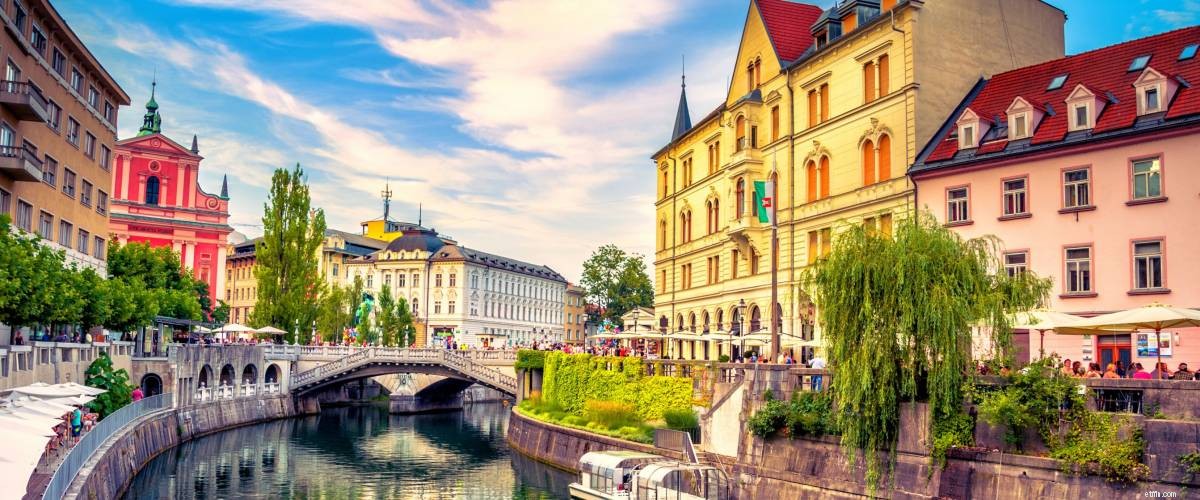
Slovenië is een juweel van een pensioenbestemming in Midden-Europa. Het deelt de oostgrens van Italië en is perfect gepositioneerd als uitvalsbasis voor Europese reizen.
Naast middeleeuwse kastelen en kerken genesteld in bergkliffen, vindt u geweldige skimogelijkheden en prachtige meren - en de stranden van het schiereiland Istrië liggen op slechts een klein eindje rijden met de auto. Het vierseizoenenklimaat van Slovenië is het mildst in de kustplaatsen aan de Adriatische Zee.
Het leven is betaalbaar in Slovenië:een appartement met één slaapkamer in de hoofdstad Ljubljana huurt voor ongeveer $ 600 per maand, volgens de website voor kosten van levensonderhoud Numbeo, en restaurants, entertainment en boodschappen zijn ook redelijk geprijsd.
Alle inwoners moeten een verplichte ziektekostenverzekering van de staat betalen, die toegang geeft tot goede gezondheidszorg. Het is gebruikelijk om een particuliere, lokale ziektekostenverzekering toe te voegen voor aanvullende diensten.
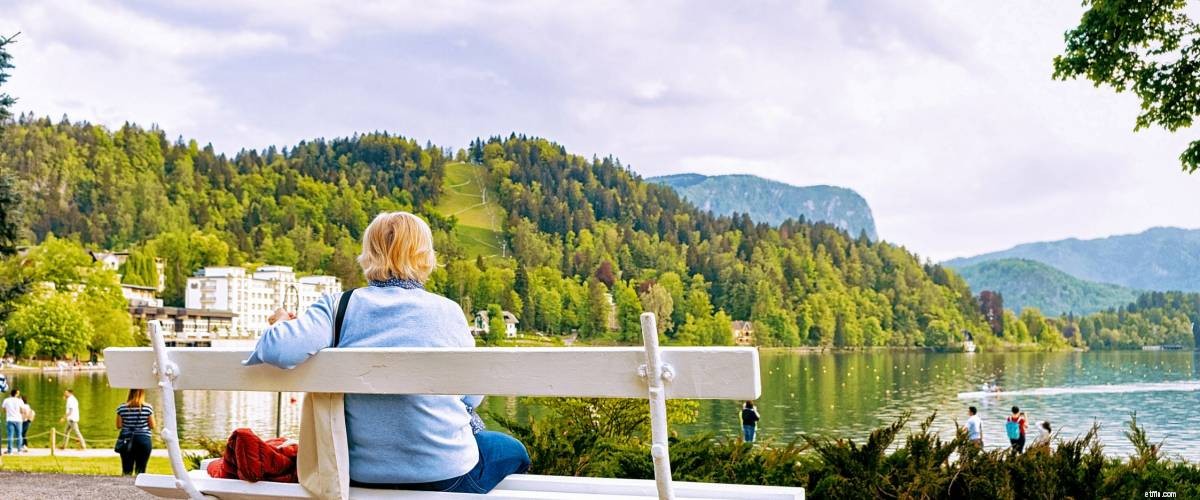
Slovenië heeft geen pensioneringsvisum voor niet-staatsburgers van de Europese Unie, dus een Ameicaanse gepensioneerde zal een tijdelijke verblijfsvergunning voor een jaar moeten aanvragen voordat hij de VS verlaat.
En u moet een "doel" voor uw visum kiezen. Amerikaanse senioren kunnen een aanvraag indienen voor studie, zoals het volgen van taallessen, of om zelfstandige te worden.
U moet aantonen dat u een inkomen heeft dat ten minste gelijk is aan het "minimuminkomen" in Slovenië, dat in augustus 2018 minder dan $ 450 per maand was.
De tijdelijke vergunning moet elk jaar worden verlengd. Na vijf jaar in Slovenië met dit visum, zou je een permanente verblijfsvergunning kunnen aanvragen.
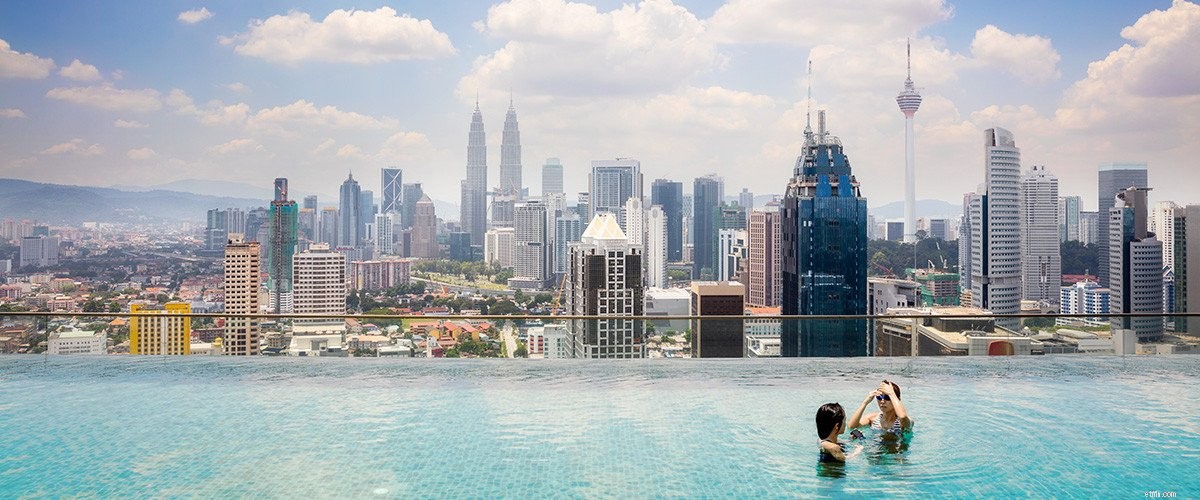
Maleisië biedt gepensioneerden warmte en cultuur voor een geweldige prijs. Kuala Lumpur, de hoofdstad, heeft lage kosten van levensonderhoud en veel gratis activiteiten, zoals een wandeling door de Perdana Botanical Gardens en het bewonderen van het uitzicht op de torenhoge Petronas Twin Towers.
Temperaturen variëren tussen de 77 graden Fahrenheit en een vochtige 95 het hele jaar door. Merk op dat er is een moessonseizoen van oktober tot maart.
Een goedkope lokale maaltijd kost $ 3 in Kuala Lumpur, terwijl een driegangendiner voor twee slechts $ 18 kost. De gemiddelde huur voor een appartement met één slaapkamer in het stadscentrum is minder dan $ 600 per maand, zegt Numbeo.
De culturele smeltkroes van Penang is nog goedkoper:een kamer met één slaapkamer huurt daar slechts ongeveer $ 230 per maand.

Voor gepensioneerden ouder dan 50 jaar vereist aanmelding voor het "My Second Home" (MM2H) -programma van Maleisië een bewijs van ongeveer $ 86.150 aan offshore liquide middelen en een maandelijks inkomen van $ 2.500.
Zodra je bent goedgekeurd, moet je een Maleisische "vaste deposito" -rekening openen en er een jaar $ 37.000 in aanhouden. Vervolgens vereist de overheid dat u een minimumsaldo van $ 24.600 aanhoudt zolang u blijft.
Hoewel Maleisië over het algemeen erg veilig is, is het een goed idee om in huisbeveiliging te investeren, waardevolle spullen niet mee te nemen in toeristische gebieden en uit de oostelijke regio van Sabah te blijven.
Het land biedt gezondheidszorg van wereldklasse en efficiënte privéklinieken tegen lage prijzen, en in de grote steden wordt veel Engels gesproken.
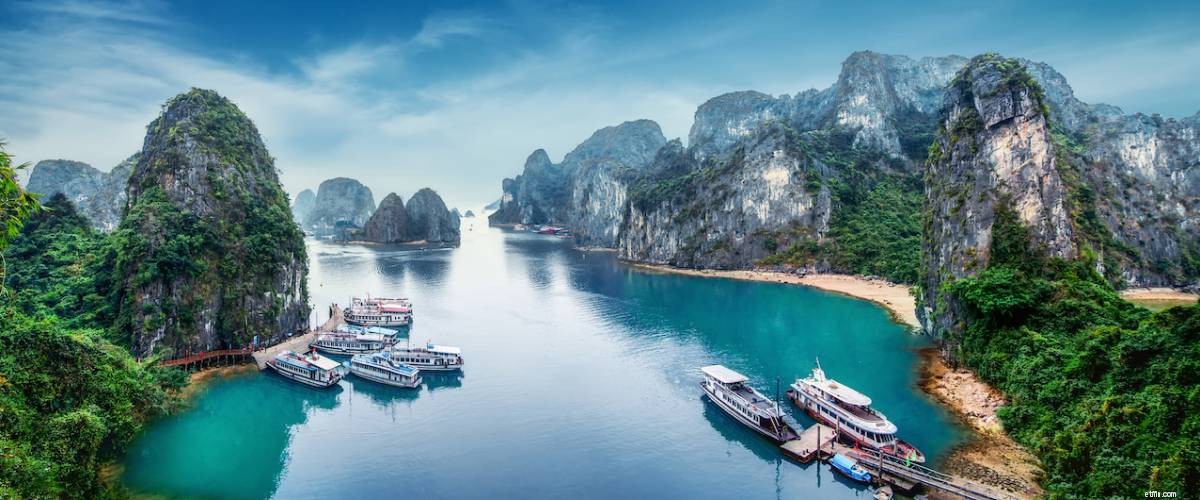
Met zijn rijke cultuur en geschiedenis, prachtige natuurlijke landschappen en betaalbare kosten van levensonderhoud, is Vietnam een echt speciale bestemming voor pensionering.
In de grote steden kunnen twee mensen rondkomen van ongeveer $ 1.500 per maand - en als je naar de badplaatsen Nha Trang of Da Nang gaat, kun je gelukkig leven van minder dan $ 1.000 per maand.
Nha Trang is de thuisbasis van tal van expats en westerse restaurants, terwijl Da Nang een moderne stad is met een strand en een gematigd klimaat. Een slaapkamer met één slaapkamer in beide steden huurt voor minder dan $ 400 per maand.
Tegen die prijzen heb je genoeg geld over om de zonnige kusten van Vietnam, boeddhistische pagodes en Franse koloniale overblijfselen te verkennen - en te genieten van het smakelijke straatvoedsel en de unieke keuken, waarbij Franse, Cambodjaanse en Chinese smaken worden gemengd.
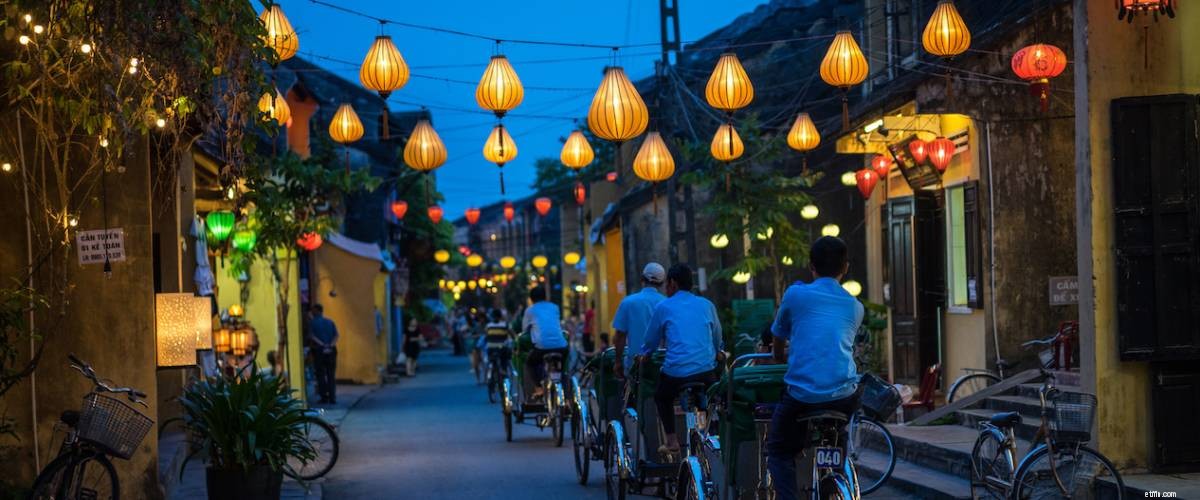
Als je niet getrouwd bent met een staatsburger of familie hebt in Vietnam, moet je een visum aanvragen om langdurig in het land te blijven.
Vietnam heeft geen gespecialiseerd pensioenprogramma. In plaats daarvan kunt u een eenjarig meervoudig visum aanvragen, waarvoor u het land eens in de 90 dagen moet verlaten.
Hoewel Vietnam prima gezondheidszorg biedt, moet je misschien naar Thailand of Singapore vliegen voor een ernstige medische situatie.
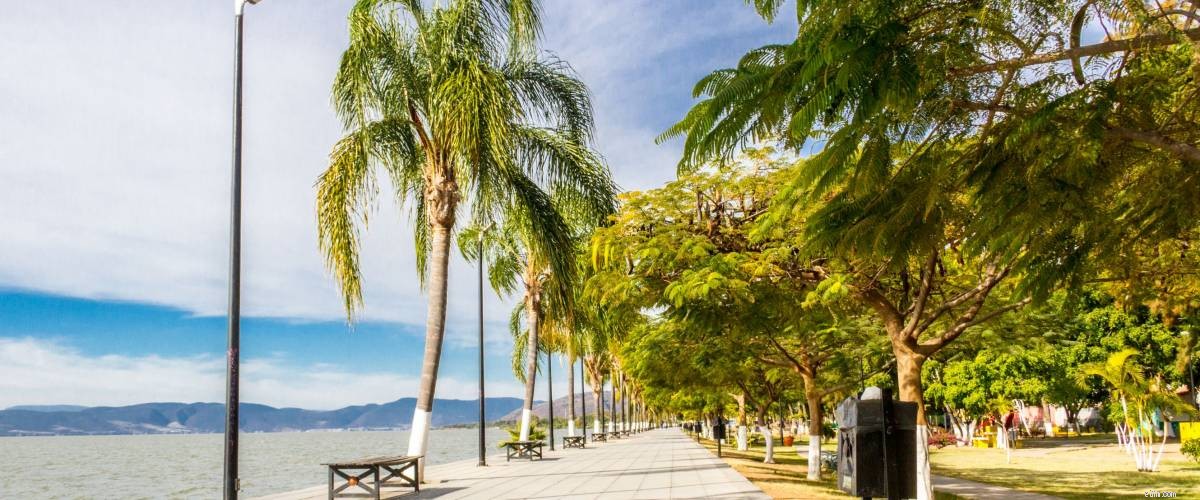
Met zijn zandstranden en prachtige koloniale steden wordt het Mexicaanse schiereiland Yucatan - met de toeristische trekpleister Cancun - beschouwd als een van de veiligste gebieden voor internationale gepensioneerden.
Als het leven in een kleine stad meer aanspreekt dan het leven in de stad, kun je je vestigen in Ajijic in het westen van Mexico, dat een prachtig uitzicht op het meer en de bergen biedt en gemakkelijke toegang tot de luchthaven van Guadalajara.
Je kunt een appartement met één slaapkamer huren voor minder dan $ 400 per maand in de buurt van Ajijic, en voor een paar dollar per week kun je zakken verse lokale producten en vis kopen. U kunt het zich gemakkelijk veroorloven om te reizen en de culturele rijkdom van de diverse regio's van Mexico te ervaren.
De particuliere ziektekostenverzekering van Mexico wordt duurder naarmate je ouder wordt, dus veel gepensioneerden houden vast aan medische dekkingsplannen uit hun thuisland. Een afspraak met een specialist in Mexico kost $ 25 tot $ 30 uit eigen zak, terwijl een doktersbezoek buiten de steden slechts $ 10 tot $ 15 kost.
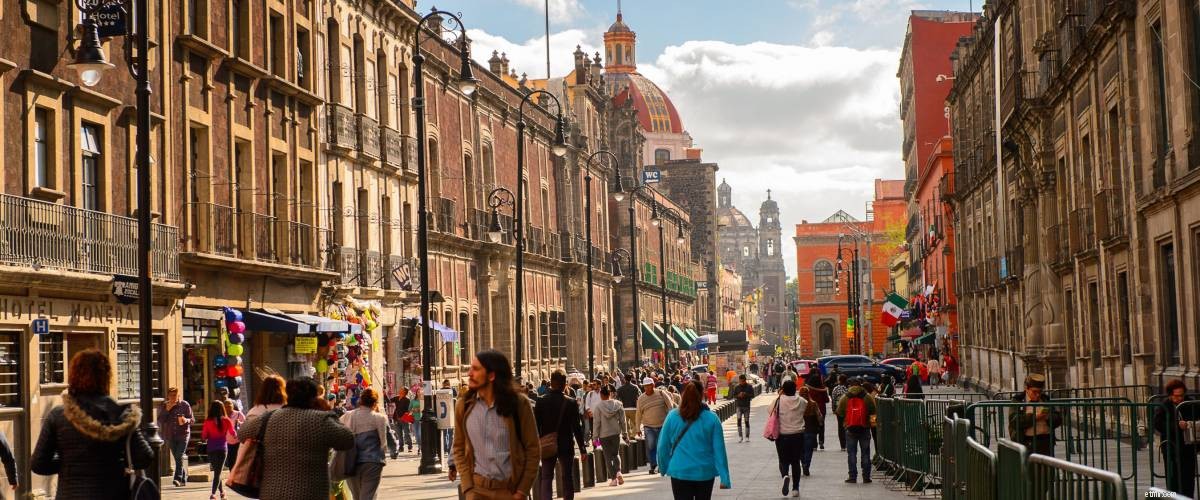
Als u met pensioen wilt gaan in Mexico, kunt u een tijdelijk verblijfsvisum aanvragen bij een Mexicaans consulaat in de VS. Dit visum geeft u een verblijf van een jaar en kan met nog eens drie jaar worden verlengd.
Vanaf januari 2019 moeten gepensioneerden die dit visum aanvragen een spaarsaldo van $ 27.000 of . hebben bewijs van inkomen uit een buitenlands pensioen of beleggingen van $ 1.620 per maand gedurende zes maanden.
U kunt ook direct een permanente verblijfsvergunning aanvragen. U moet aantonen dat u een maandelijks inkomen van $ 2.700 had of besparingen van ongeveer $ 108.000 in de afgelopen 12 maanden.
Getrouwde stellen moeten voor beide visumtypes nog eens $ 540 toevoegen aan de maandelijkse inkomensvereisten.

De 17.000 eilanden van Indonesië zijn bedekt met levendige steden, prachtige tempels en paleizen, tropische jungles en Boheemse stranden. U kunt ontspannen in de zon of op safari gaan om de spectaculaire verscheidenheid aan wilde dieren van het land te ontdekken - en dat allemaal tegen bodemprijzen.
Een appartement met één slaapkamer huurt voor minder dan $ 400 per maand in de hoofdstad Jakarta, of voor slechts ongeveer $ 250 op Bali. Een gemeubileerd, groter appartement aan het strand kan drie keer zoveel kosten.
Hoewel de lokale bevolking meestal alleen Indonesisch spreekt, spreken veel bedrijven en artsen ook Engels.
De beste ziekenhuizen zijn in Jakarta, en buitenlanders moeten de diensten uit eigen zak betalen. Een algemeen consult kost ongeveer $ 40, en intramurale zorg kan $ 220 of meer per dag kosten, dus een particuliere ziektekostenverzekering wordt aanbevolen.
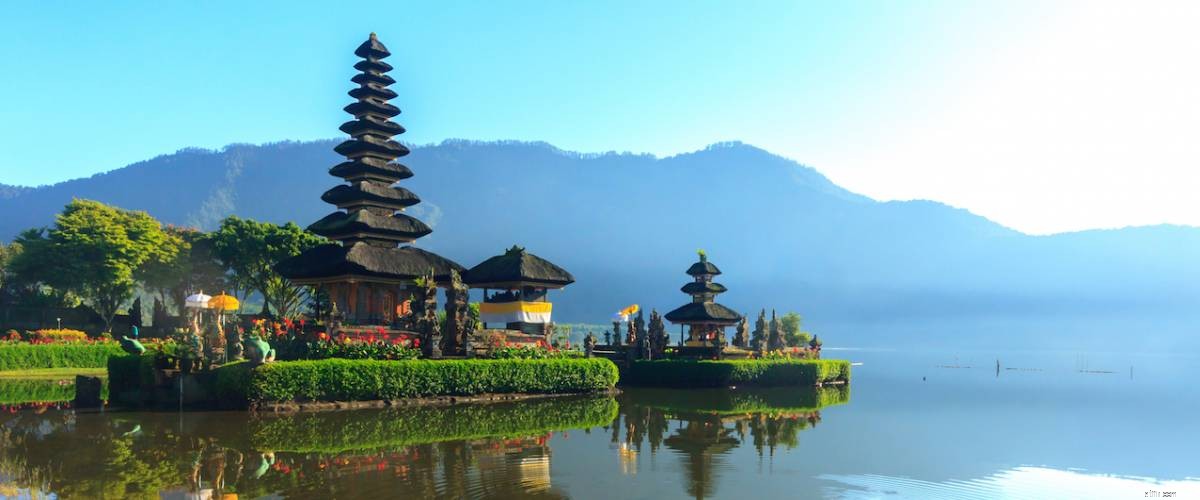
Om in Indonesië met pensioen te gaan, moet u een aanvraag indienen via een plaatselijk agentschap dat is aangesteld door het directoraat-generaal Immigratie. Het bureau zal optreden als uw sponsor en uw tijdelijke pensioneringsvisum of ITAS verwerken.
Het visum is beschikbaar voor aanvragers van 55 jaar en ouder die een pensioeninkomen van $ 18.000 per jaar of $ 1.500 per maand kunnen aantonen.
U moet ook een ziektekostenverzekering hebben die dekking biedt in Indonesië en een huurovereenkomst voor een jaar ondertekenen. Een laatste vereiste is het inhuren van lokale huishoudelijke hulp, die ongeveer $ 2,50 per uur kost.
Het pensioenvisum kan jaarlijks worden verlengd voor maximaal vijf jaar, waarna u een permanente verblijfsvergunning kunt aanvragen.
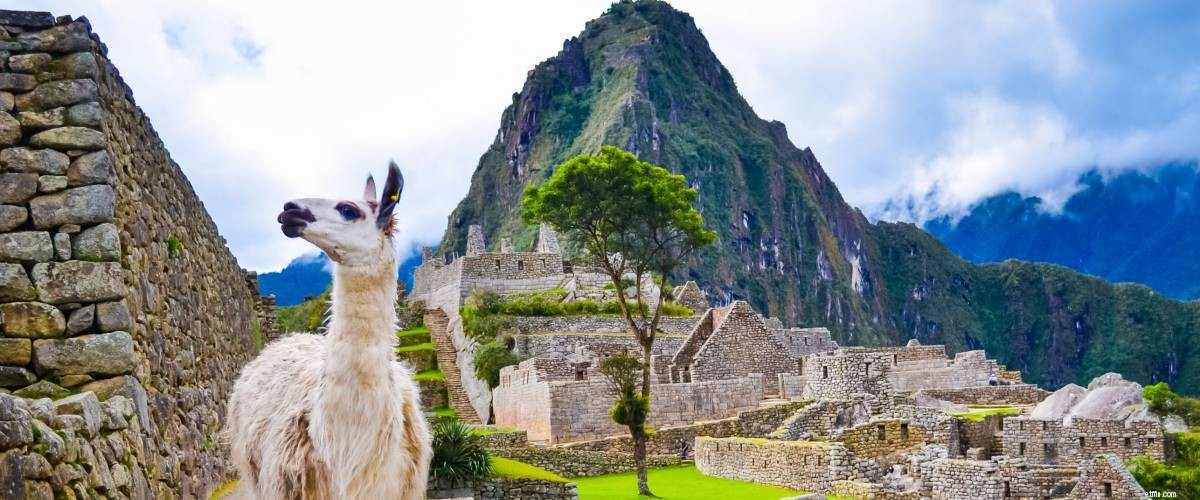
Peru was the heart of the Inca Empire, and today it's known for its beautiful section of Amazon rainforest and its majestic mountains, tropical jungles and rich culinary tradition. Its cities, including Lima and Cusco, have long and varied histories.
Thanks to its low cost of living and friendly people, Peru is a very hospitable option for international retirees.
In popular expat destinations such as Arequipa and Cusco, a one-bedroom apartment rents for less than $350 a month, and a nicer three-course meal for two costs between $10 and $12.
Peruvian public health care is affordable, but expats tend to have their own health insurance and use private clinics. The main health concern for newcomers is altitude sickness in Peru's high elevations.
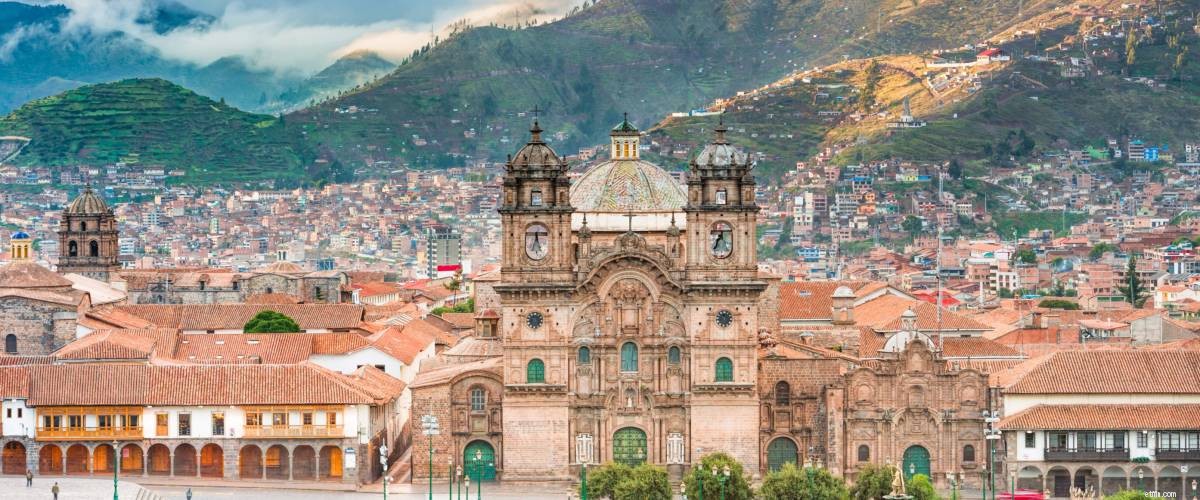
Peru has an accessible retirement visa called the rentista visa, which gives holders permanent resident status. With this visa, you won’t need to renew your residency permit or pay income tax of any kind.
To qualify, you’ll need to show that you have a permanent monthly income of $1,000 for one person, plus $500 per dependent.
To maintain the visa, you must spend a minimum six months of the year in Peru.
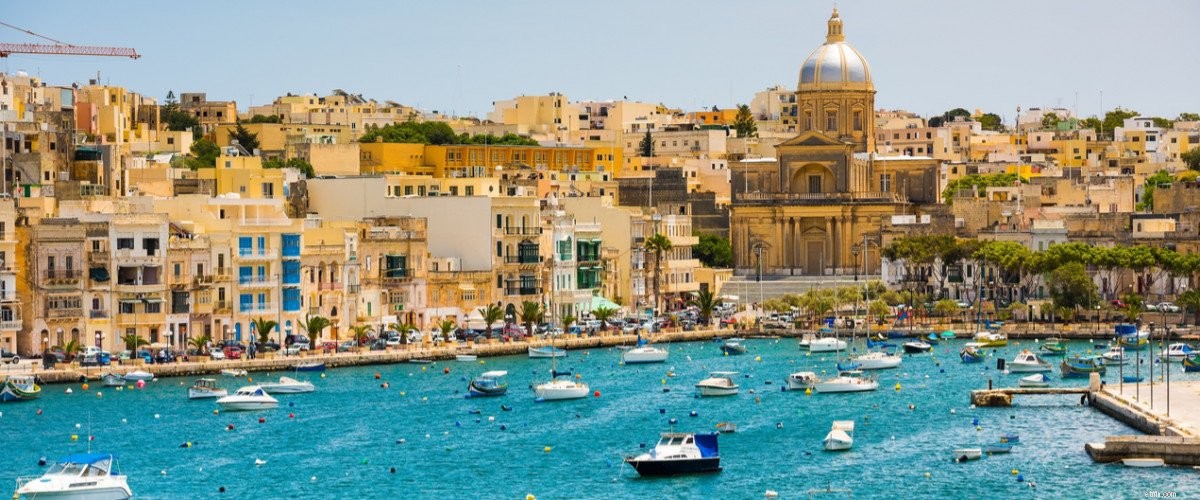
The Mediterranean islands of Malta boast year-round sunshine and a unique mix of prehistoric and colonial history and architecture.
English is the second official language after Maltese, making for an easy transition for North American retirees.
On the island of Gozo, a centrally located one-bedroom apartment rents for less than $500 monthly, on average.
Malta also offers excellent health care at a fraction of the cost in the U.S. To access the system, you’ll need private health insurance coverage, which can cost less than $115 per month for those without chronic health conditions.
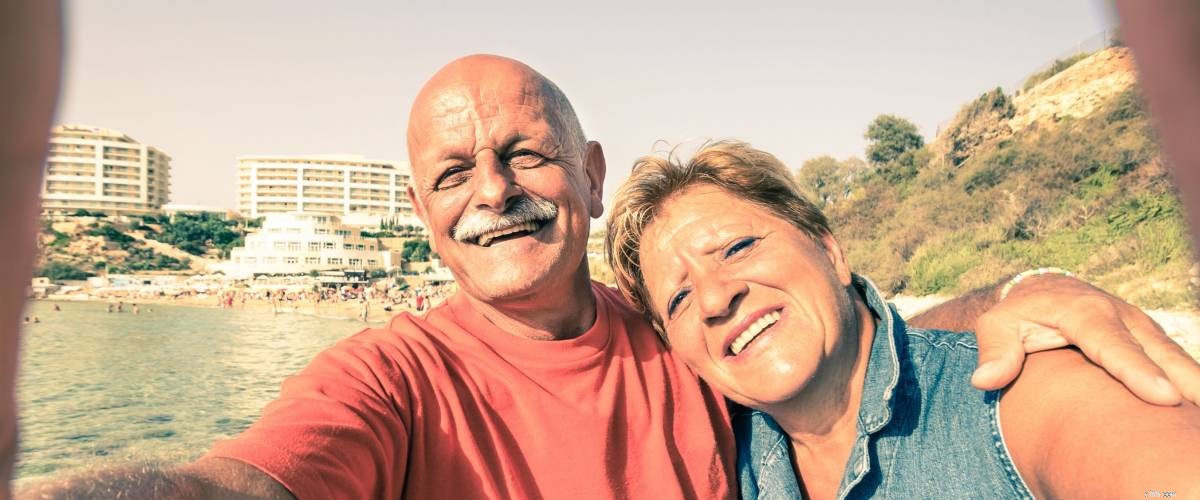
Malta offers a renewable one-year visa for retirees and self-employed seniors.
Americans and Canadians may visit Malta for 90 days. Once there, you can apply to extend your stay for another three months. And then, you may apply for a permanent resident visa.
You’ll need to show you have at least 23,500 euros (more than $26,500) in the bank, or 28,500 euros (more than $32,000) if you’re married.
You’ll also need to demonstrate proof of health insurance, a mortgage or rental contract, and a clear criminal record. Finally, you’ll file a Maltese tax return and follow the minimum tax requirements.
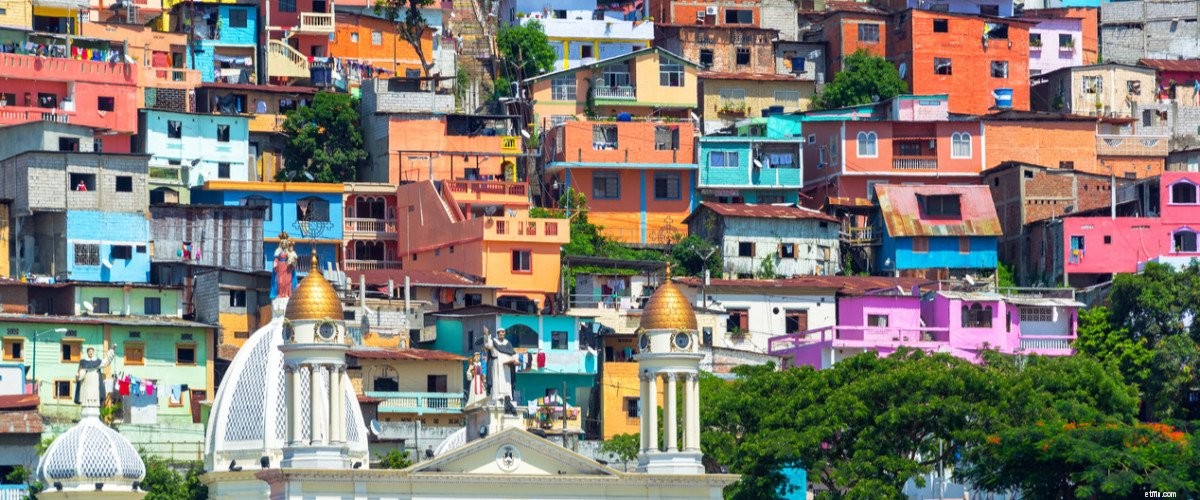
Ecuador has become very popular with North American retirees thanks to its temperate climate and stunning landscape of sandy beaches and mountains, metropolitan cities and the famous Galapagos Islands.
The U.S. dollar is used as the official currency, and seniors 65 and older qualify for half-price public and private transportation services, plus discounts on utilities, entertainment and even flights.
Ecuador also has one of the most peaceful political climates in South America, especially in communities popular with American retirees, including Quito, the capital, and the smaller town of Cuenca.
The monthly rent on a one-bedroom apartment is only about $430 in central Quito and about $360 in Cuenca, Numbeo says. Ecuador also offers high-quality private health care options.
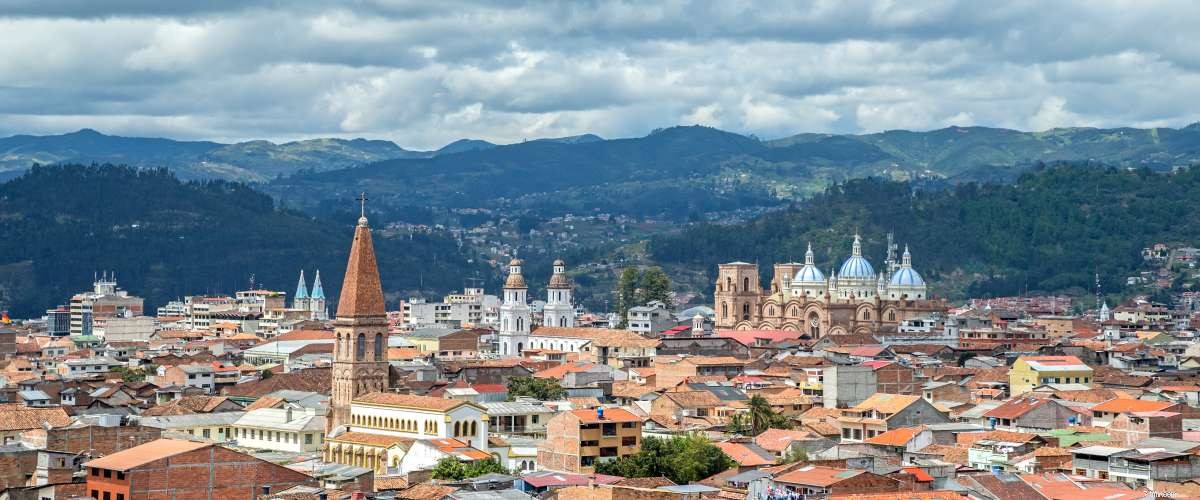
Since visitors can stay in the country for only 90 days, it’s a good idea to apply for the country’s 9-I pensioner visa at an Ecuadorian consulate in the U.S.
The visa requires proof that you will have a monthly pension income of $800 or more. Your Social Security check can qualify as proof of income.
The process costs $500 plus a $50 visa application fee. Once you’re accepted, you’ll need to sign up for public or private health insurance.
Another option to gain residency in Ecuador is to buy real estate costing $25,000 or more (plus $500 per dependent) under the 9-II visa for investors in real estate and securities.
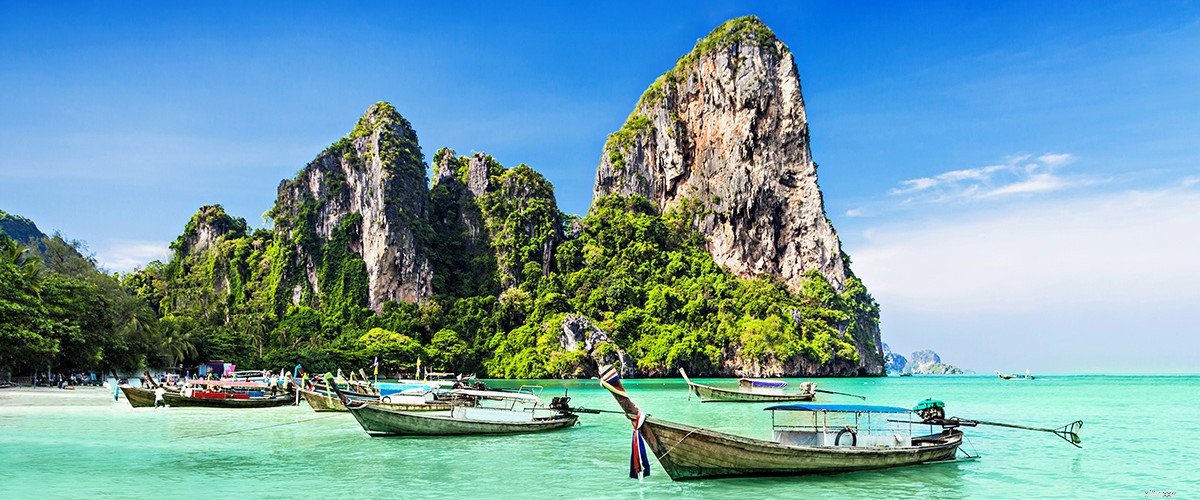
Thailand is home to spectacular beaches, beautiful palaces and ancient ruins. And Bangkok, the country's capital and commercial center, offers all the shopping, arts and other amenities you could want.
The hot season can bring 105-degree Fahrenheit heat — so the best time for outdoor activities is between November and March, when temperatures hover around 86.
You can live comfortably on $1,500 to $2,000 per month in coastal Phuket, where a one-bedroom apartment rents for less than $400 a month. In northern Chiang Mai, a full dinner for two can cost less than $10.
Thailand's health care system is considered one of the best in the world, and prices for medical care are significantly lower than in the U.S. The top private hospitals are in Bangkok.
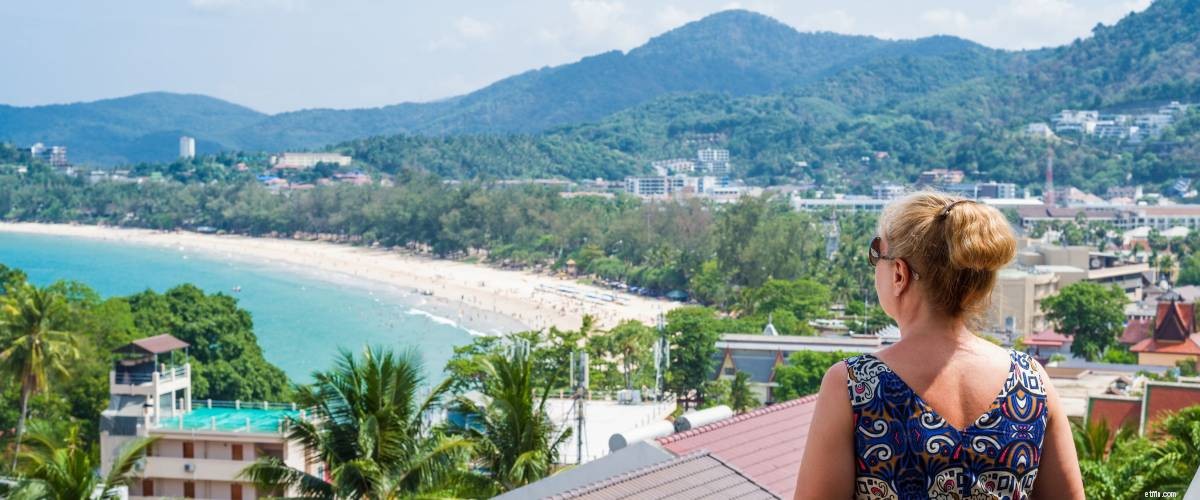
Thailand’s retirement visa accepts applicants ages 50 and over with no criminal history.
The government asks to see proof of:about $25,700, either in a bank account or as pension income; or monthly income of about $2,100. To add a spouse to your application, you’ll need to provide a marriage certificate.
You can apply for a one-year, multiple entry non-immigrant O-A visa before leaving the U.S. and renew it each year from within Thailand.
While living in the country, you’ll need to report to an immigration officer or police station every 90 days with your approved documents.
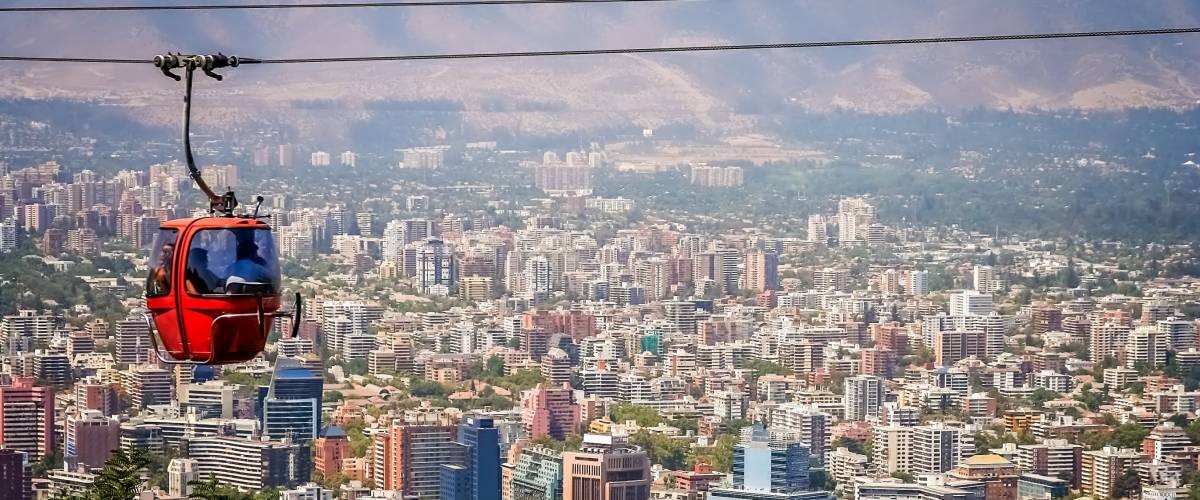
Chile’s temperate four-season climate is perfect for wine production — and for exploring the country’s miles of coastline and beautiful mountains in your retirement.
Urbanites will enjoy the diverse and modern city of Santiago, while those looking for relaxation may find the perfect spot on the shores of La Serena or amid the bohemian vibe of Valparaiso.
You could retire in Chile on about $1,500 a month, which would be easy to cover if you're receiving Social Security or a pension.
Groceries, especially fresh produce, are cheaper in Chile. A nice, three-course meal for two goes for $40 to $45, and a one-bedroom apartment rents for around $400 outside of Santiago or under $300 on the outskirts of Valparaiso, says Numbeo.

If you'd like to retire in Chile, first enter the country on a regular tourist visa, and then apply to upgrade to a retirement or income visa while you’re there.
Once you’re approved for a temporary visa, you’ll need to apply for a Rol Único Tributario (RUT) number, which is similar to a Social Security number. This ID number is necessary to open a bank account, sign up for phone and internet services, and much more.
The government doesn’t specify an income requirement, but you’ll typically need an income of at least $1,000 per person to get by for the first year or two as you settle in the country, says the Spencer Global law firm in Chile.
Permanent residency requires you to live in Chile for 180 days per year.
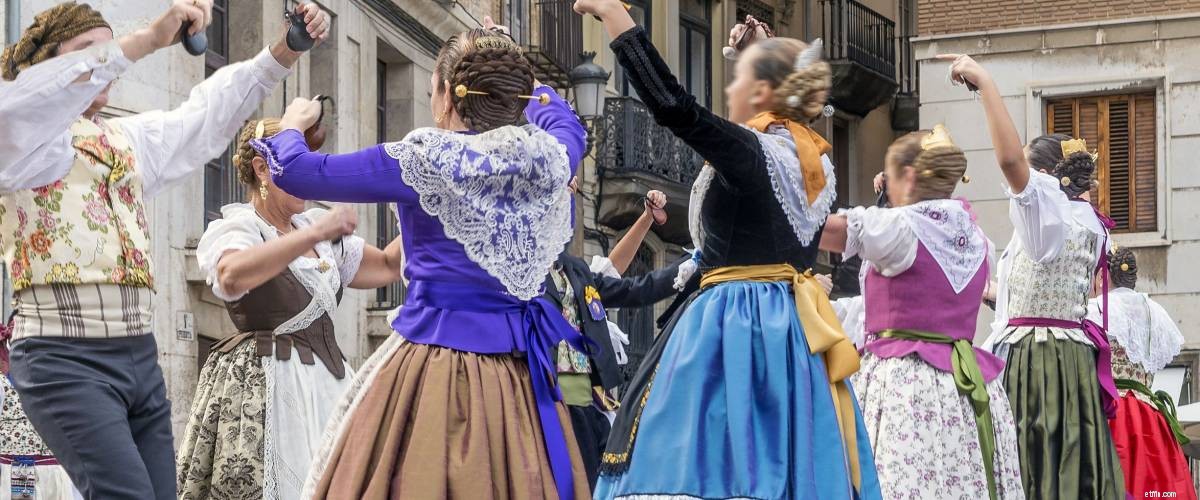
Given its sunny climate and the freedom of mobility within the European Union, Spain is a dream retirement destination and a convenient base for travel and adventure.
The cost of living varies among Spanish cities, with Barcelona, Bilbao and Madrid among the priciest. A more affordable option is Valencia, which has plenty of sun, culture and ancient Roman ruins — and is close to even more amazing historic sites in Córdoba and Granada.
The average rent on a one-bedroom apartment in Valencia is about $675. You’ll find comparable prices in the coastal city of Málaga, known for its pristine beaches and Moorish history, or in the city of Murcia, located in a quiet wine region.
Spain’s public health system offers high-quality health care, while affordable private care also is readily available.
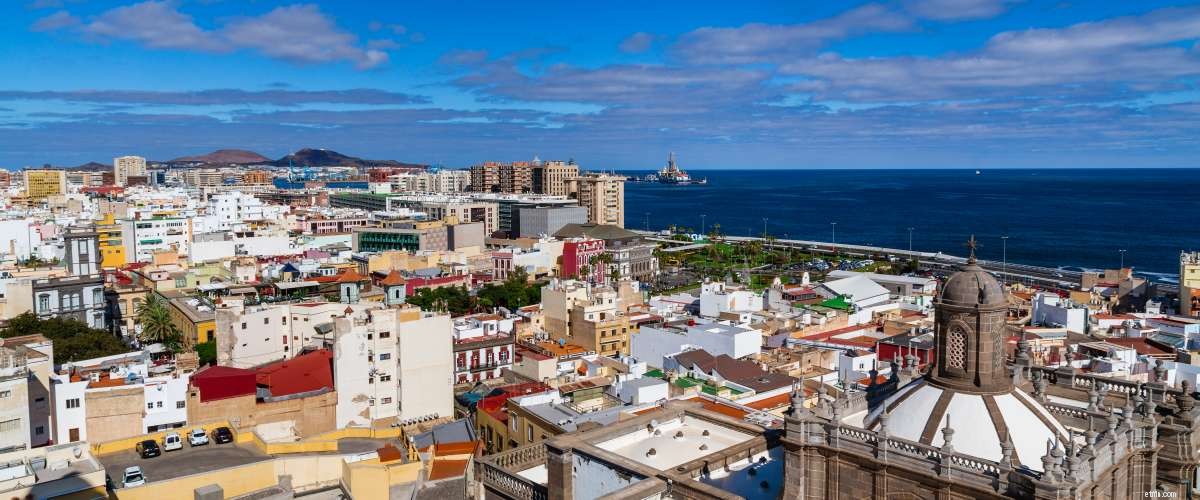
To live out your retirement in Spain, you’ll need to show proof of a minimum income of $2,500 per month or $30,000 per year. You’ll also need to secure housing and sign up for health insurance that will cover you in Spain.
From the U.S., you'll need to fill out the necessary paperwork and submit it to the nearest Spanish consulate.
It's recommended that you make several photocopies of your documentation and buy extra passport-sized photos. You'll need those once you get to Spain in order to obtain a foreign visitor number, known as the NIE.
The ID number is your ticket to getting a bank account, internet, health care and most other services in Spain.
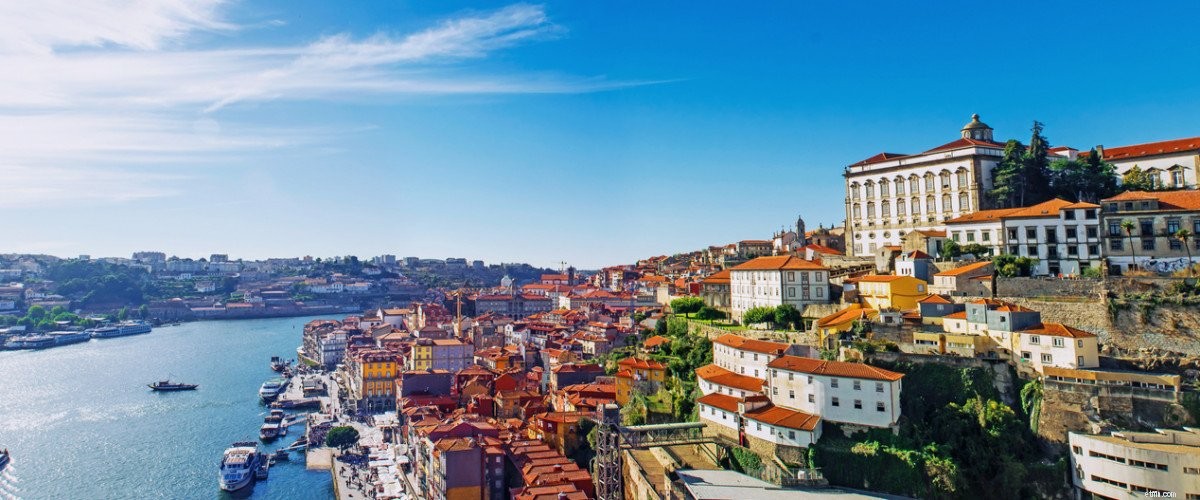
Portugal is even more affordable than Spain, and it has all the castles, beaches, wineries and golf you could want, to fill your retirement schedule.
Public transit and train lines make it easy to travel in and between Portugal’s interesting cities. For longer distances, you can rent a car or use a ride-hailing service like Uber.
Apartment rents start at just $375 a month in smaller cities — although you could easily be charged $1,000 in Lisbon. Restaurants are very affordable, with a meal costing less than $10 per person and a mid-range bottle of wine just $5, even in Lisbon.
Most doctors in large cities speak English, and international retirees will benefit from having private insurance.
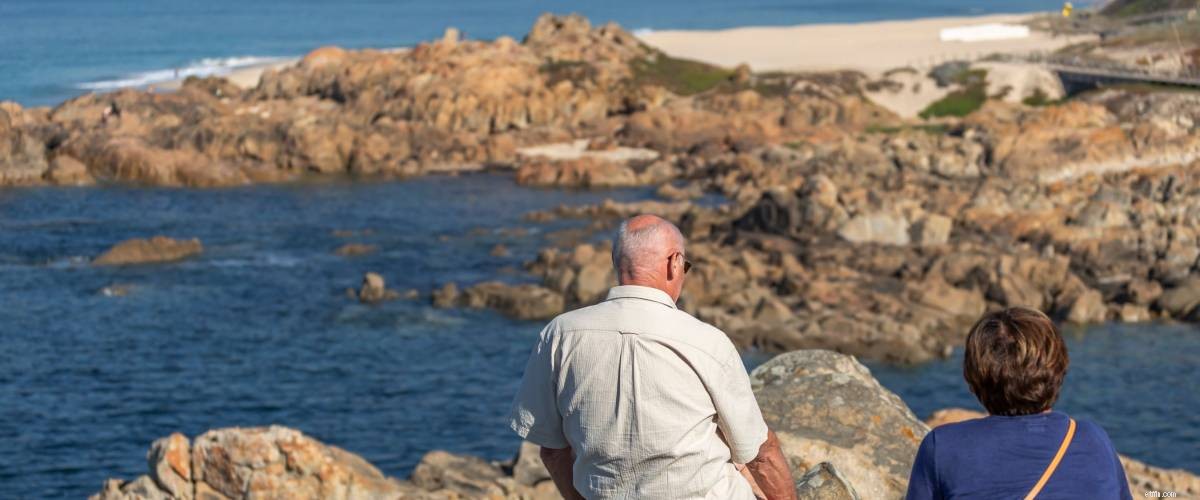
The first step to getting a residence permit is to visit a Portuguese consulate in the U.S. with your passport, proof of income and health insurance, plus the results of a criminal background check.
The next step will be to apply for permanent residency once you arrive in Portugal.
Since the cost of living varies so much between parts of Portugal, the amount of income you'll need to live comfortably will depend on your destination. But to retire on $200,000, you'll probably want to rule out Lisbon.
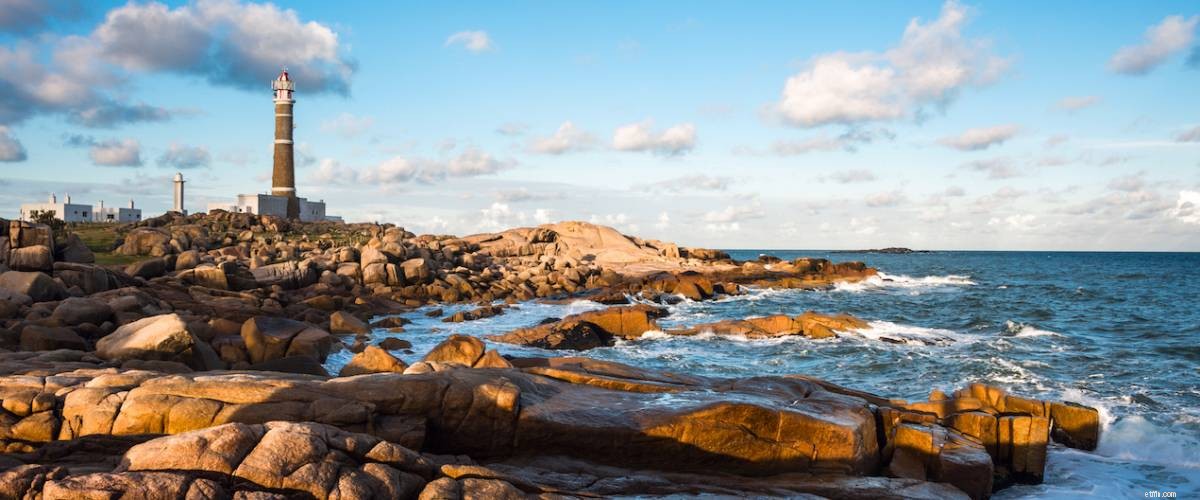
Uruguay is a politically stable haven in South America. With its modern infrastructure, lovely mountains and beaches, revelry-filled summers and quiet, temperate winters, you can enjoy your retirement at your own pace.
A couple from the U.S. could live comfortably on just $2,000 per month. For the best price-to-quality ratio, it's estimated you could live on as little as $800 a month in the city of Salto.
If you like the beach, then Atlantida, Piriapolis and La Barra are all affordable seaside towns. In La Barra, you can buy a home starting at $50,000 or rent one for $500 to $700 a month.
Uruguay offers three main health care options:private health-insurance companies; a public health care system; and private hospital membership plans. Those plans, called mutualistas , cost about $100 a month and are popular with expats.
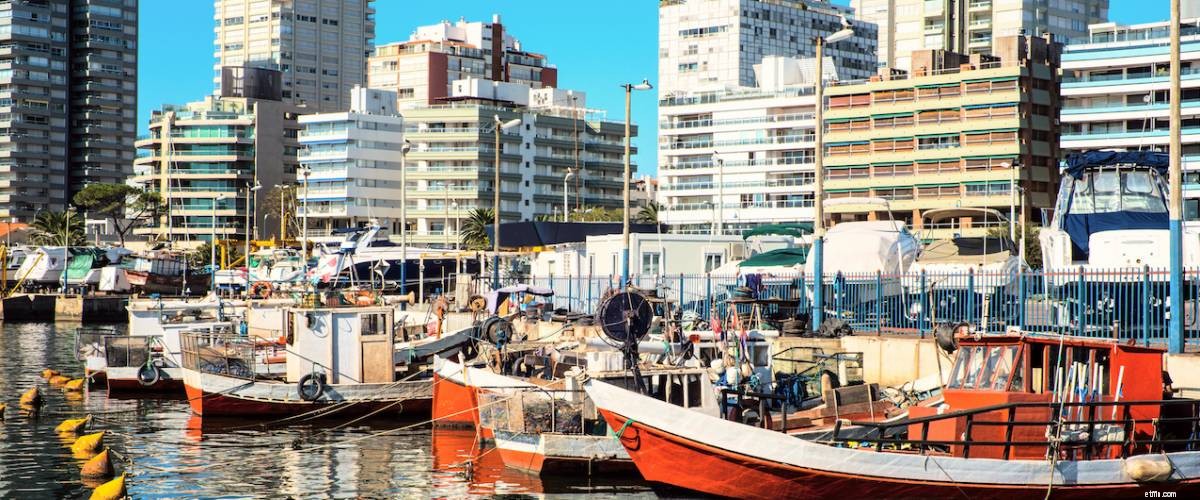
One option to retire in Uruguay is to apply for the rentista visa.
To get one, a single applicant should have a monthly income of about $1,500, plus enough money to cover any dependents.
Uruguay also has a retirement visa that will allow you to import a car and household items duty free, and even apply for a Uruguayan passport.
This visa also has some potential restrictions, so it’s best to contact a Uruguayan lawyer to help you apply.
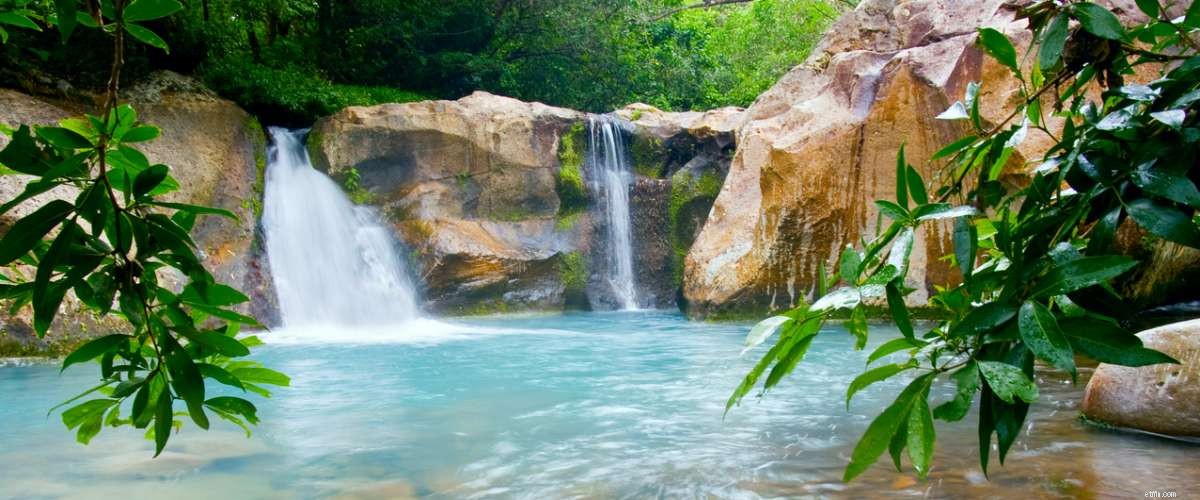
Costa Rica is one of the most popular retirement destinations for Americans thanks to its breathtaking scenery, affordable and healthy lifestyle, and welcoming people.
In temperate San José and the Central Valley, a couple can live well on $2,000, with an airport, shopping and hospitals nearby. The Nicoya Peninsula offers beach life on a budget, while the city of Atenas has all the amenities you’ll ever need.
In Atenas, a three-bedroom apartment rents for a little over $400, Numbeo says, and a three-course dinner for two costs just $25.
Health care also is affordable in Atenas, which has a public health clinic, pharmacy and emergency room. Some expats choose to pay $75 to $150 for full coverage under Costa Rica's national public health insurance system known as Caja.
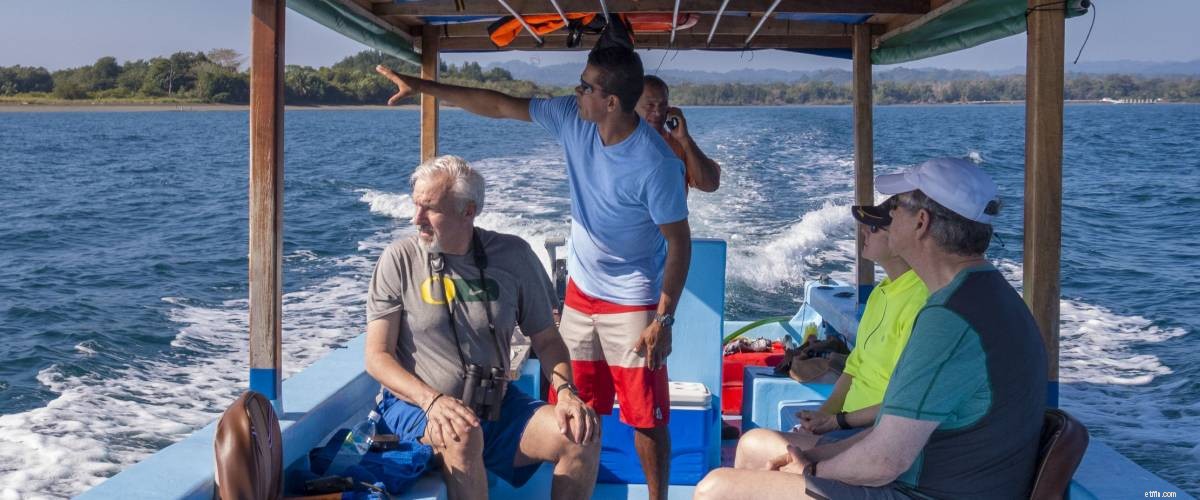
Retirees receiving pensions of $1,000 per month can gain a one-year residency under Costa Rica’s pensionado program.
A married couple need to receive only $1,000 in pension income under either spouse’s name. After three years of temporary residency, you can apply for permanent residency.
If you don’t have a pension, you might qualify for the rentista program. You’ll need to prove you will receive $2,500 per month of unearned income for two years, so that you won't need a job in Costa Rica.
The most common way to comply is with a letter showing that you have $60,000 in a bank account and intend to withdraw $2,500 per month for 24 months.
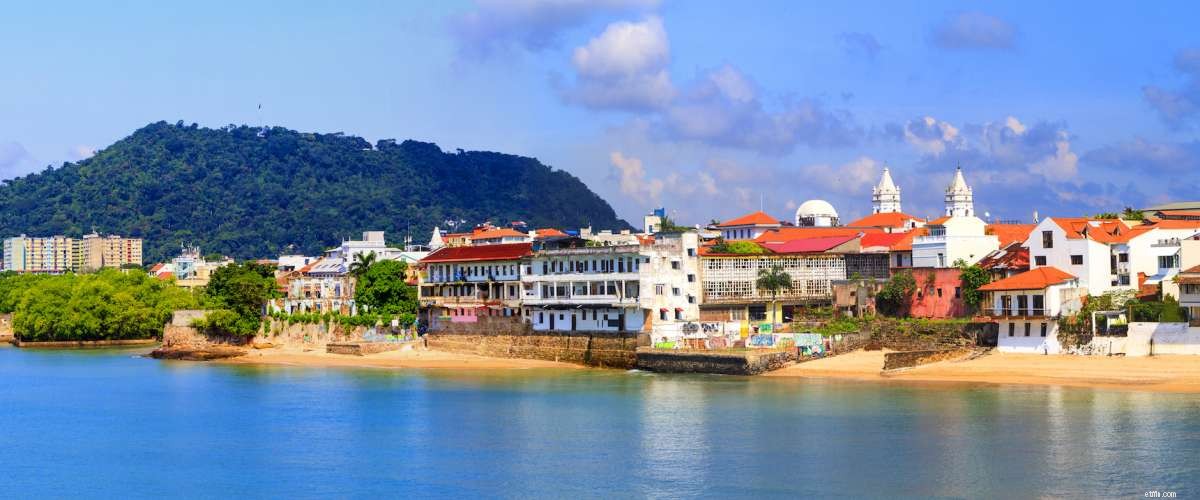
Our top choice, Panama, has it all:bustling city life; a beautiful, ecologically diverse climate; quality medical care; and the iconic Panama Canal. Most people speak English as their second language, after Spanish.
Located just a short flight from Miami and close to the Caribbean, this Central American nation is a great base for traveling throughout the region.
Panama City is surprisingly affordable:Renting a one-bedroom apartment in the city center costs about $960 a month, while the same size living space farther out goes for about $625 a month.
You can save some money by living without a car. The city is very walkable, and public transportation costs a one-time fee of $2 for a rechargeable card and then just 35 cents per ride.
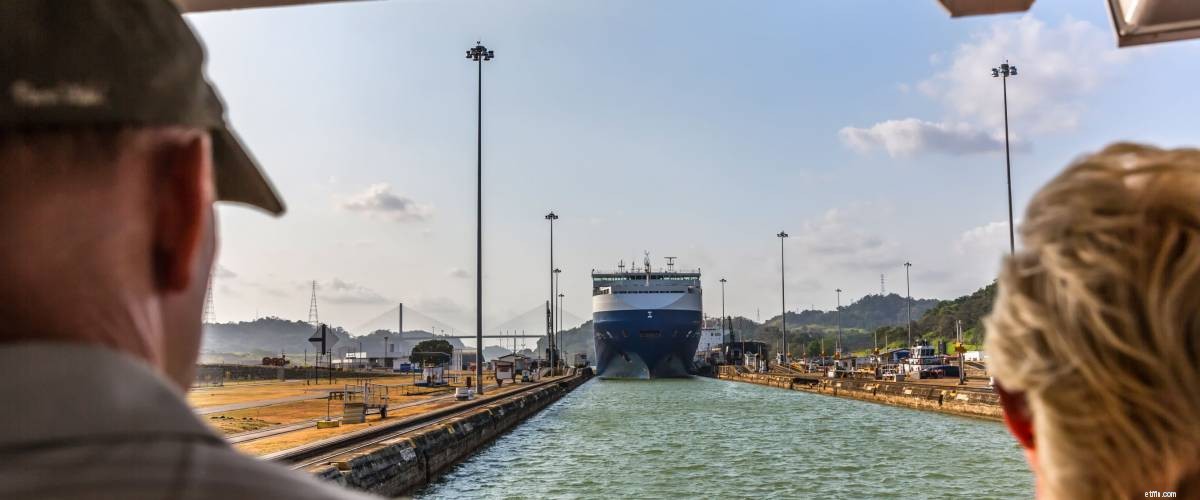
Panama has an amazing retirement (pensionado ) program that subsidizes medical care and expenses, property taxes and car taxes, and offers many other benefits for retirees of any age .
To gain residency, all you need is proof that you're receiving a minimum $1,000 monthly pension from back in your home country.
With all these perks, it’s hard to find a reason not to retire in Panama!
More: Personal Capital offers free financial and money management tools so you can retire with control and comfort.